One truck. Many uses. Maximum protection. See how vacuum excavation can elevate your operation.
Vacuum excavation is used not only for digging but to address a range of routine and specialized problems.
Vacuum excavation prevents costly damage to underground utilities by safely exposing pipes and cables during pre-construction planning.
Vacuum excavation utilizes extension hoses to access tight spaces and weave through difficult terrain remotely. This capability excels where traditional excavation equipment cannot safely operate, such as between buildings or in urban settings.
Vacuum excavation allows for a level of precision that minimizes disruption to surrounding soil, pavement, and landscaping. This promotes ground stability, prevents erosion and runoff, and supports eco-friendly initiatives.
In the event of utility damage like a gas line rupture or flood event, vacuum excavation can quickly expose damaged utilities for repair. This minimizes downtime and allows crews to assess and fix the issue safely and efficiently.
Hydro excavation takes the guesswork—and the risk—out of digging. By combining high-pressure water and vacuum system technology, this nondestructive method is the safest way to perform precision excavation in the presence of sensitive utilities and accessibility challenges.
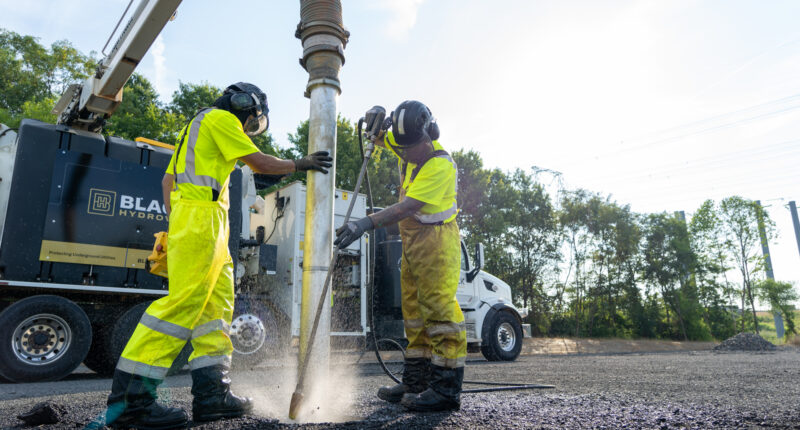
Air excavation uses compressed air to loosen soil and is the gentlest method of vacuum excavation. It’s a safe and efficient way to expose utilities and clean up debris, keeping your project on track. At Black Hydrovac, we offer both air and hydro excavation, giving you tailored solutions for unique environments and project needs.
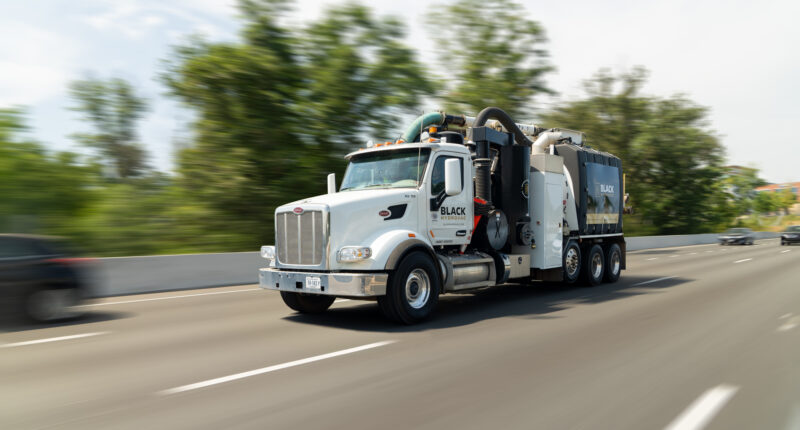
With advanced utility locating techniques and ground-penetrating radar (GPR), Black Hydrovac pinpoints underground utilities with accuracy and minimal disruption. Whether it’s water lines, gas pipes, or communication cables, our teams will help you map it out before digging, saving you from costly utility strikes.
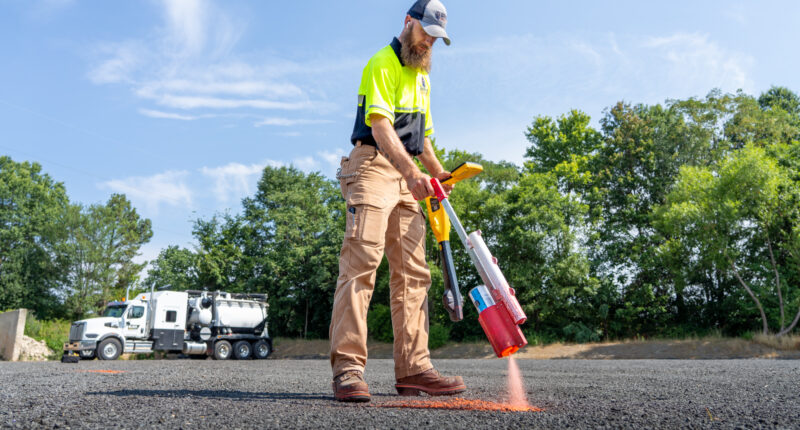
Some jobs are out of reach, but not for us. Black Hydrovac uses long extensions to safely and efficiently access utilities in hard-to-reach areas. Whether it’s over obstacles, down slopes, or in tight spaces, we bring precision excavation to places traditional methods can’t touch.
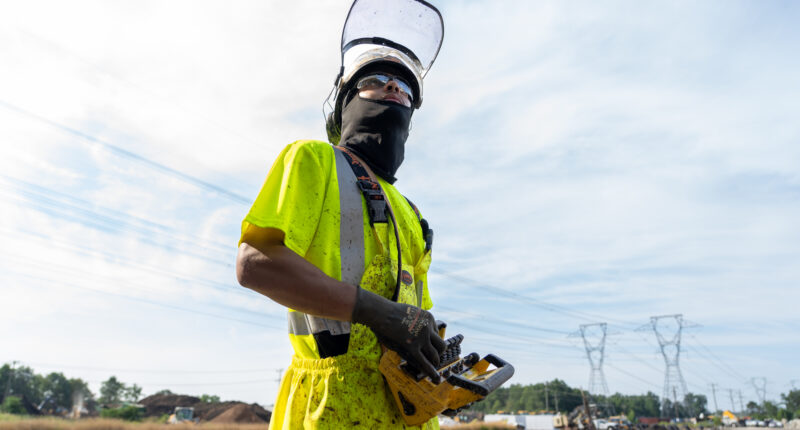
Utility test pits, also known as daylighting, expose underground utilities by safely removing soil for direct visual confirmation. At Black Hydrovac, we use non-destructive methods to create precise test pits, giving you the verified information you need to move forward with confidence.
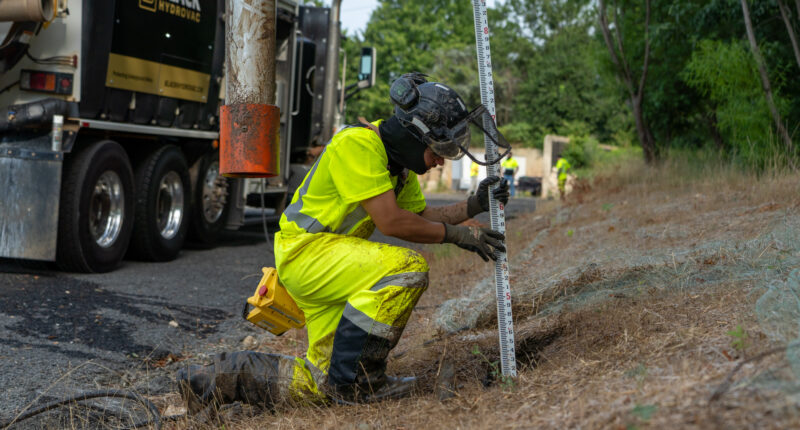
A clean job site isn’t just about appearances—it’s about safety, efficiency, and readiness for what’s next. Black Hydrovac’s debris removal services use powerful vacuum technology to clear away construction debris, soil, and waste, leaving your site spotless and ready for the next phase.
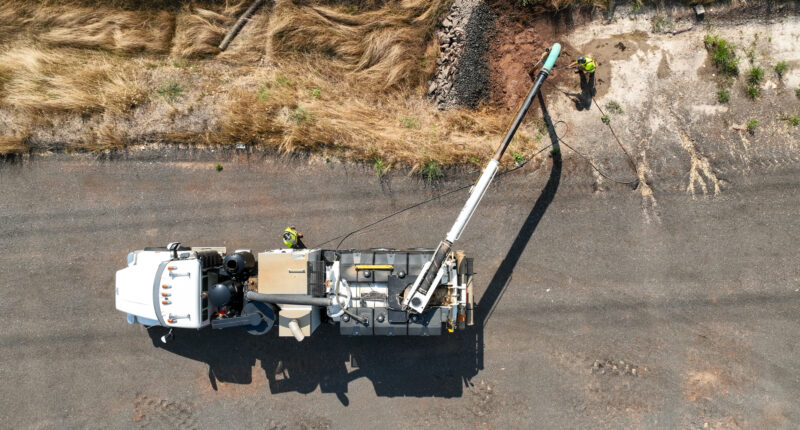
Stormwater management and compliance is essential to protecting your site and the surrounding environment. Black Hydrovac provides reliable solutions for clearing and maintaining stormwater systems to ensure they function properly and prevent costly flooding or erosion.
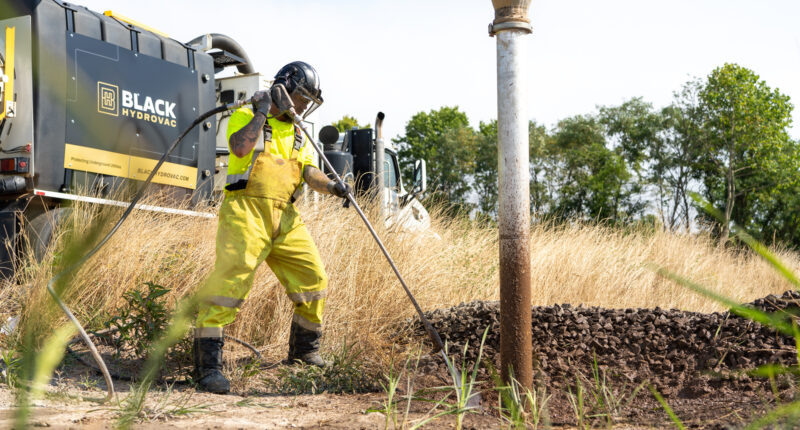
Have questions? Let’s dig into the answers.
Hydro excavation uses high-pressure water to break up soil, while air excavation uses compressed air. Both methods involve a vacuum system to remove the debris.
Hydro and air excavation are commonly used for projects involving underground utility location, trenching, daylighting (exposing underground infrastructure), debris removal, and potholing. They are ideal for environments where precision and minimal disruption are required.
Air excavation is most effective in loose, dry soils such as sand, silt, or soft earth. It is not as effective in dense, clay-rich, or frozen soils where hydro excavation would be the better choice.
Yes, both methods are considered non-destructive and safe for exposing underground utilities like gas lines, electrical cables, and water mains. These methods reduce the risk of accidental damage compared to traditional digging equipment.
Typical jobs can extend up to 200 feet from the truck. With specialized hoses and pipes you can reach several hundred feet depending on the site conditions.
Both methods are environmentally friendly because they minimize soil disturbance, reduce the need for large machinery, and often allow for the displaced soil to be reused as backfill. They also prevent damage to ecosystems and nearby structures.
While hydro and air excavation can have higher upfront costs due to specialized equipment, they are often more cost-effective in the long run by reducing the risk of damage to underground utilities, minimizing cleanup, and reducing labor costs. The precision and speed also help to lower overall project costs.
The duration depends on the size and complexity of the project, but hydro and air excavation are typically faster than traditional methods due to their precision and efficiency in removing soil or debris. The time can range from a few hours to a few days.